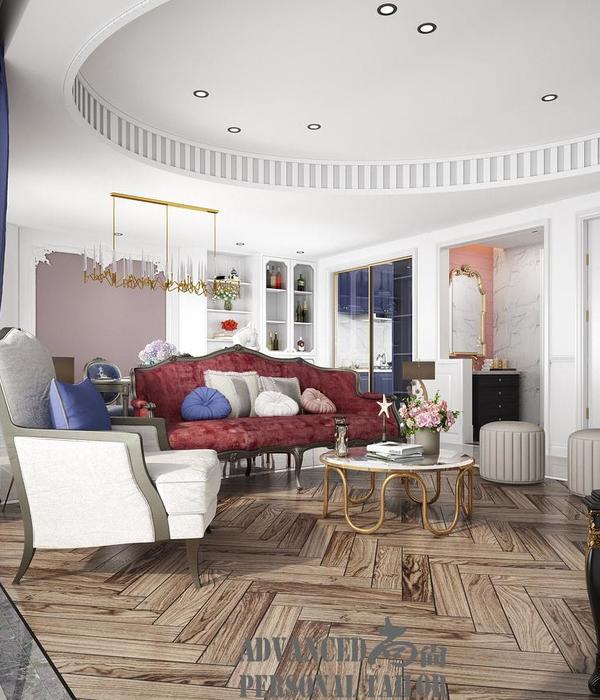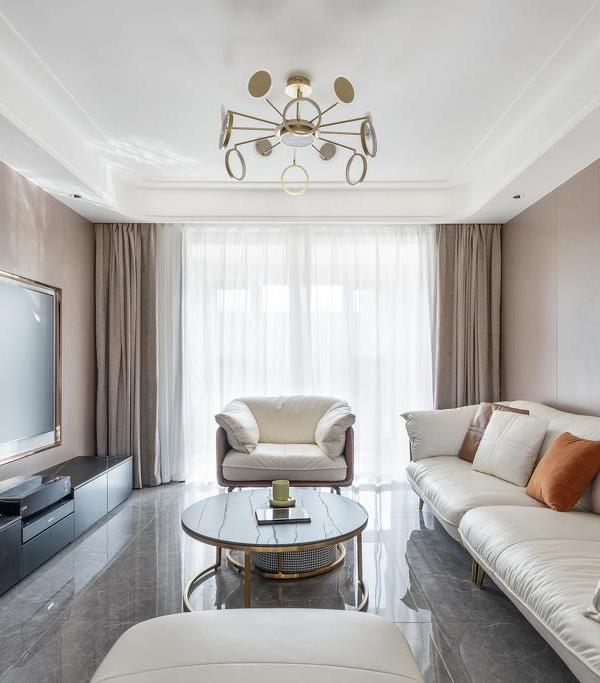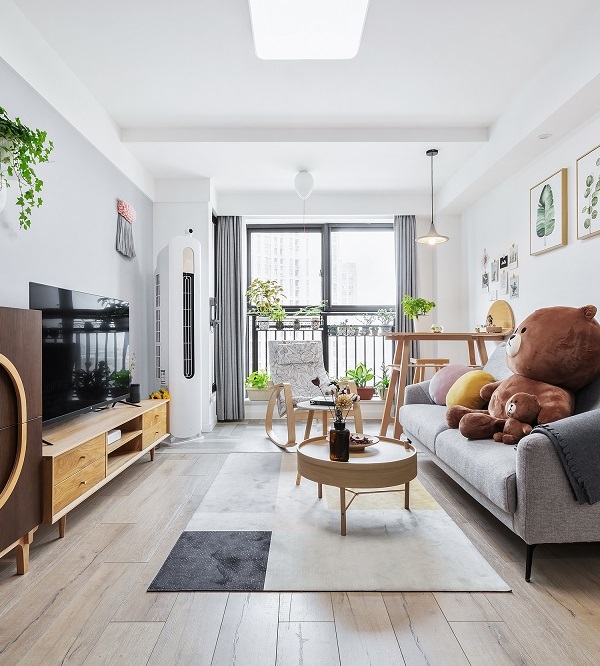This housing is an exercise of integration into the landscape. It is located over a sequence of crop terraces, surrounded by a leafy pine forest. Built with local stones, those walls contained in the terraces are the result of the course of many generations of farmers in an effort to gain ground on the mountain. The data lead us to conclude that those rural architecture structures are of prehistoric origin (18th century BC). They were used as a room and shelter for farmers in the mountain of Alicante as they were cattle checkpoints between valleys.
The chosen position for the house is given by the presence of two stunning views: the one over the Tibi swamp (the most important in Europe during the 16th century) and over the valley until reaching the sea. On the other hand, you can also view the Maigmó Mount (1.226 m).
As a starting point, the intent is that the house is imperceptible from the immediate surrounding whilst leaving the least possible carbon footprint. This ambition stimulates the integration of the two bodies of the house within a staggered sequence imitating the existing topography so the house remains half-buried.
The roofs follow the direction of the slope of the land so they rebuild the original topography. The idea is that the house creates a vacant lot where the living spaces unfold so that later they will be covered with soil and stones.
This topographical condition allows the house to be understood in two levels: the lower part is a cave, somewhere to sleep without heat in summer and without getting cold in winter. The open porch is the highest part where you can see both important views as well as developing daytime activities. This spatial arrangement answers a simple scheme, somewhere to sleep safe and isolated by dominating the landscape.
The entrance to the house occurs through a narrow zig–zag path of great slope. It leaves room for a small car park next to the body of facilities. A long pedestrian path takes us home.
The house is self-sufficient, which means that the water is extracted from a well using solar panels connected to storage batteries and to backup generator.
The constructive technology is made of masonry, adapted to the weight and hand of man without any auxiliary means. Everything is built with components that only require a worker to be handled. Such are the walls, made of concrete blocks, prefabricated concrete joists and vaults, wooden boards and marble slabs. The whole building is fair-faced, without coatings nor constructive details. All the materials used in the work stayed there. All elements were reused so no waste was produced at all.
{{item.text_origin}}












